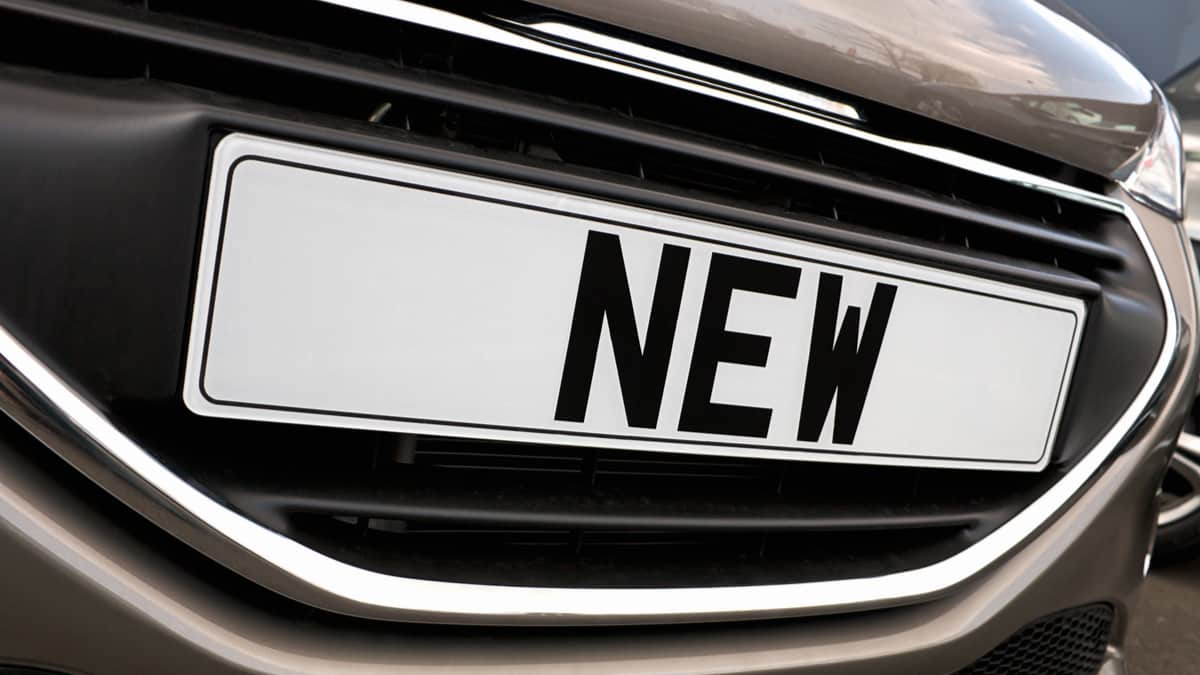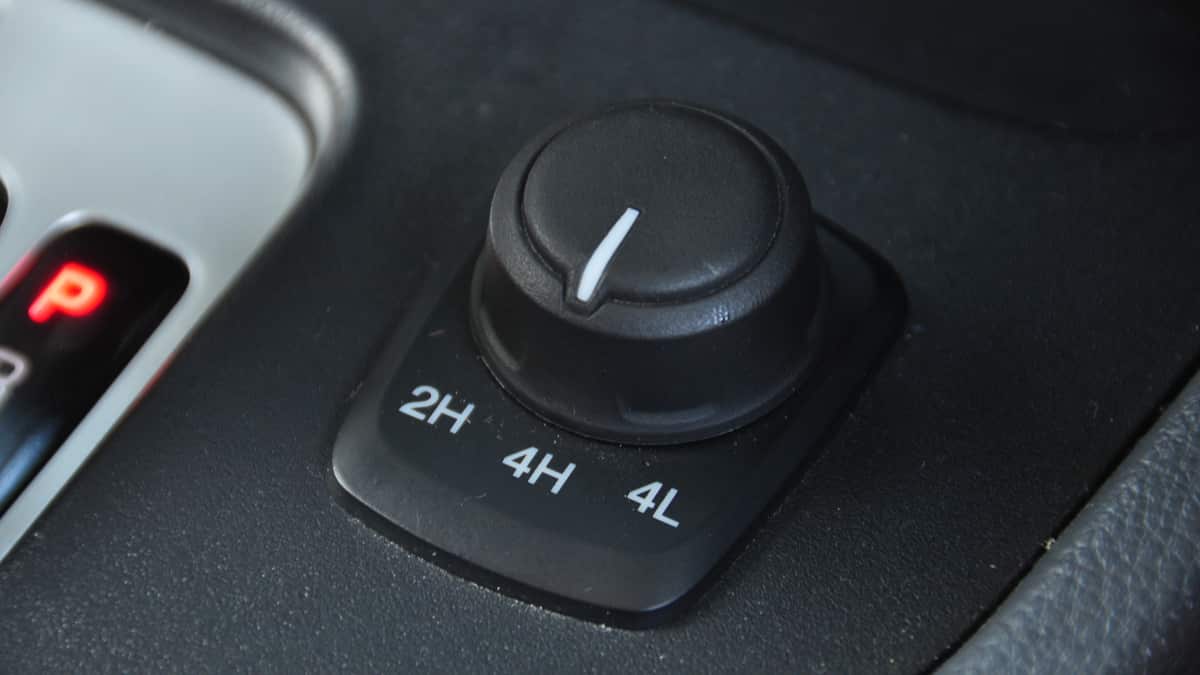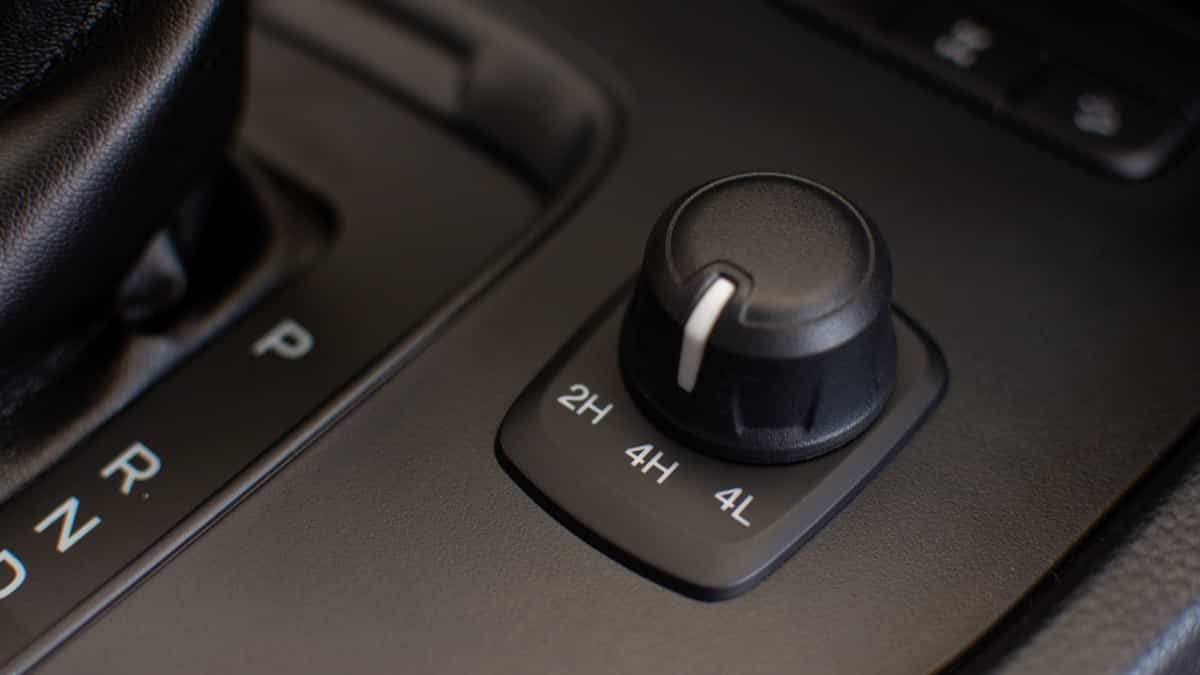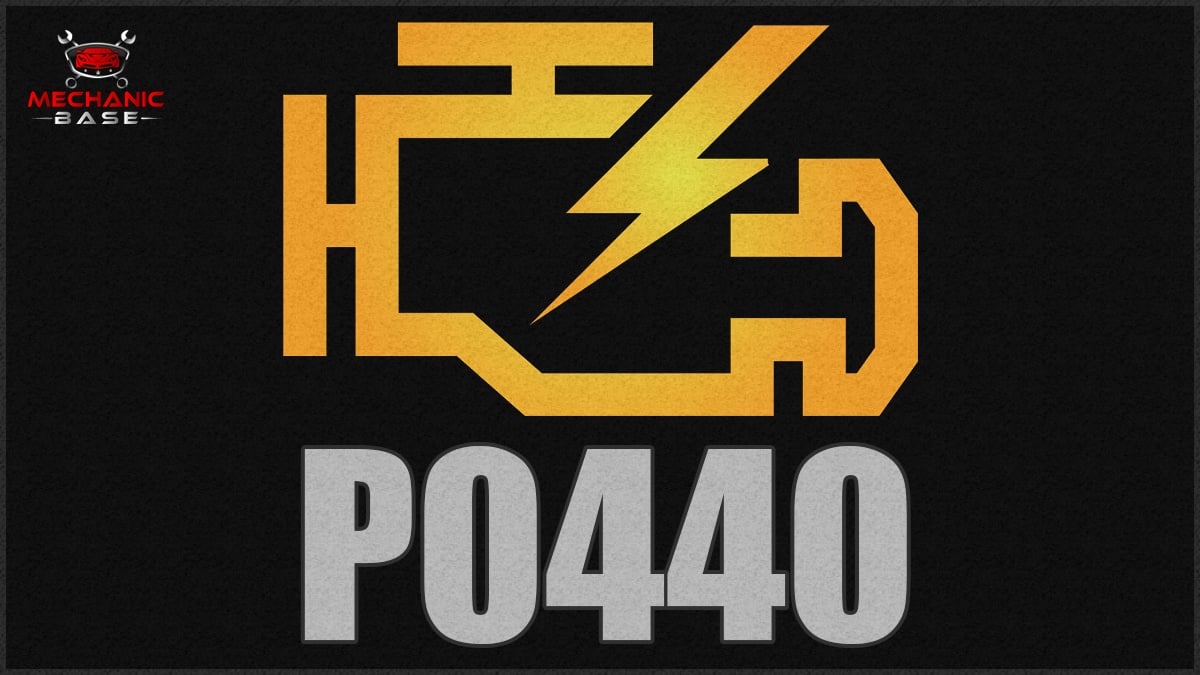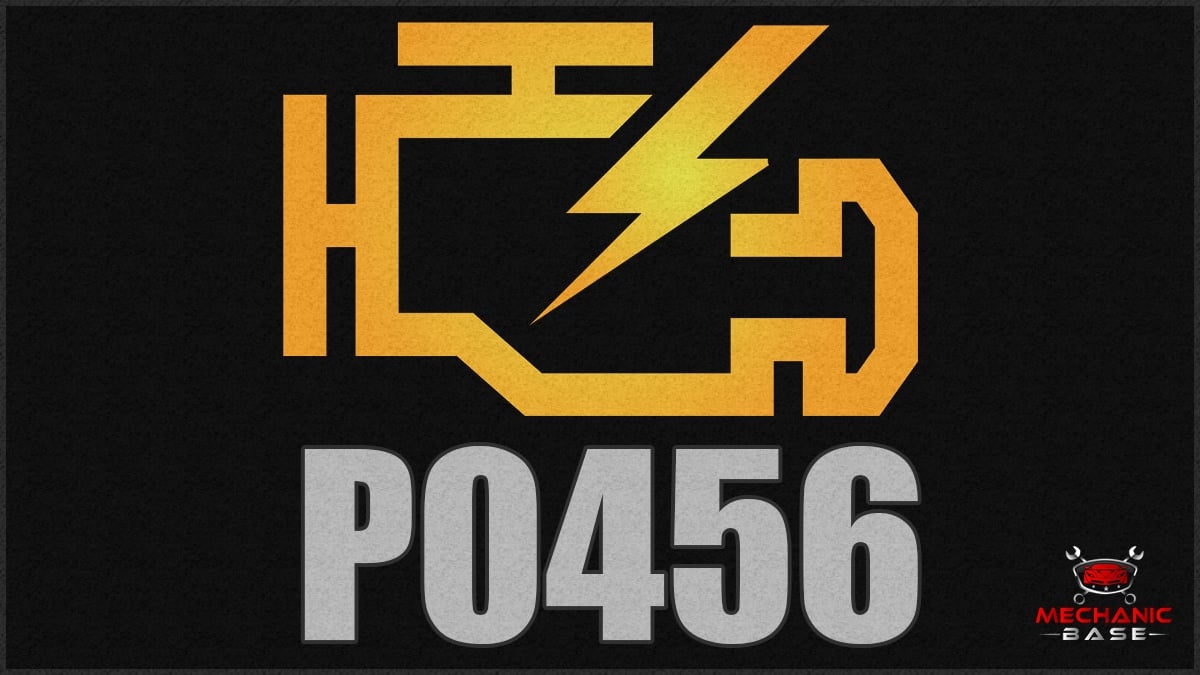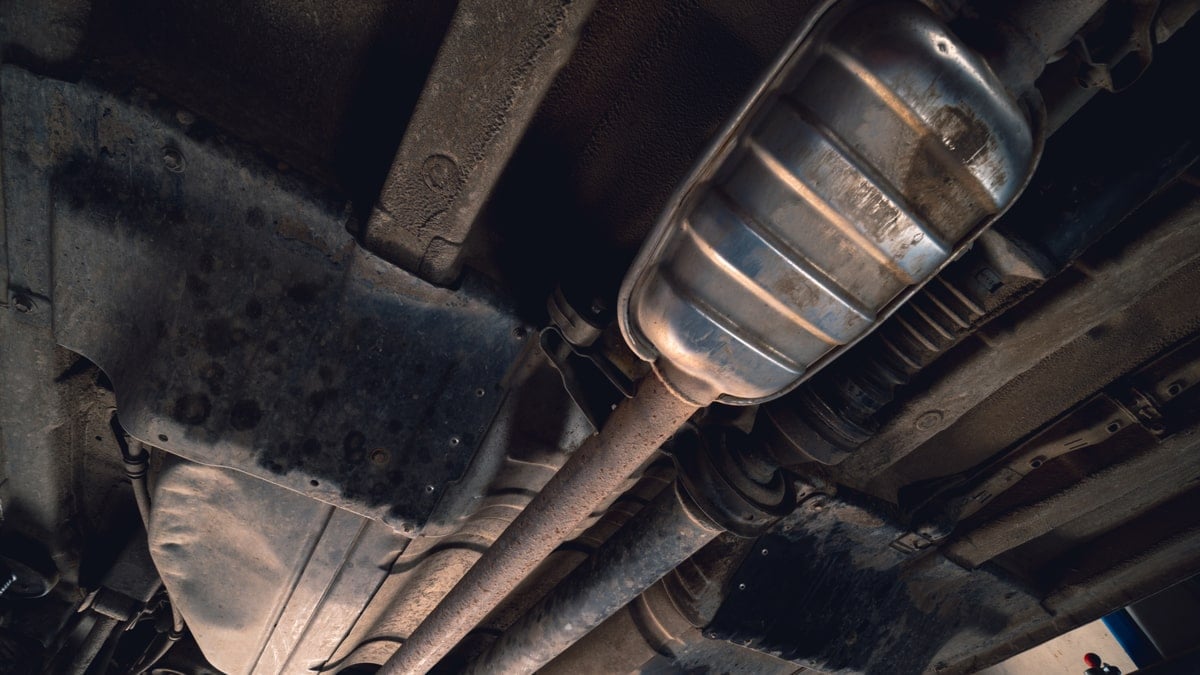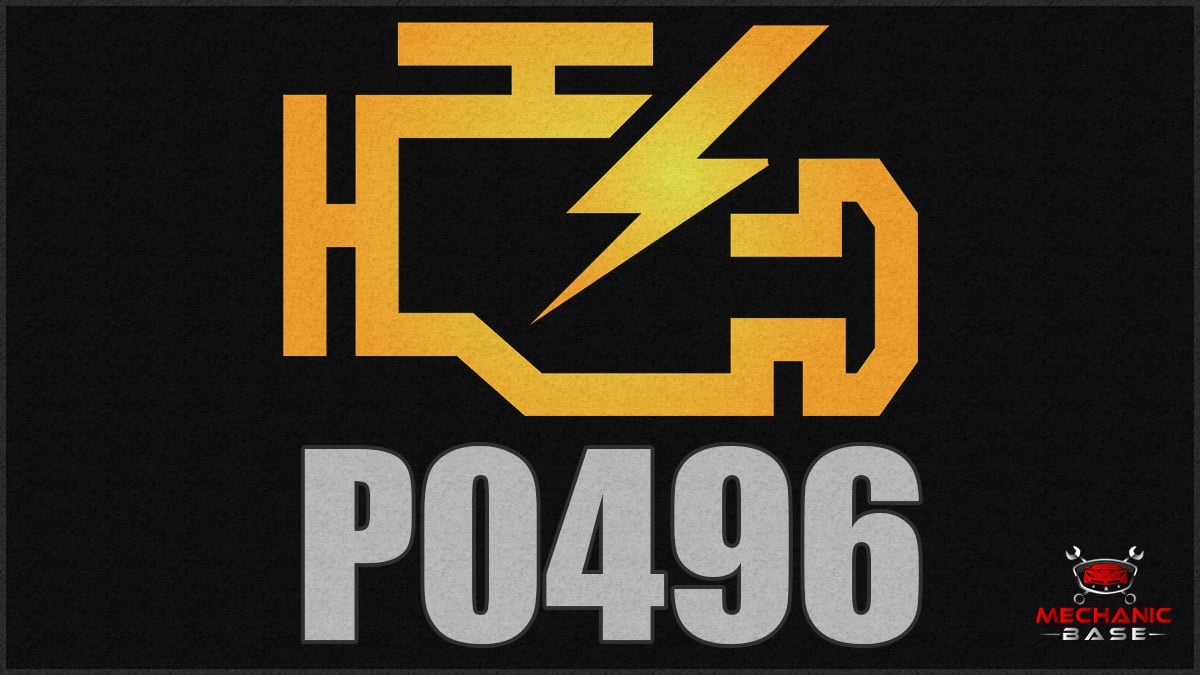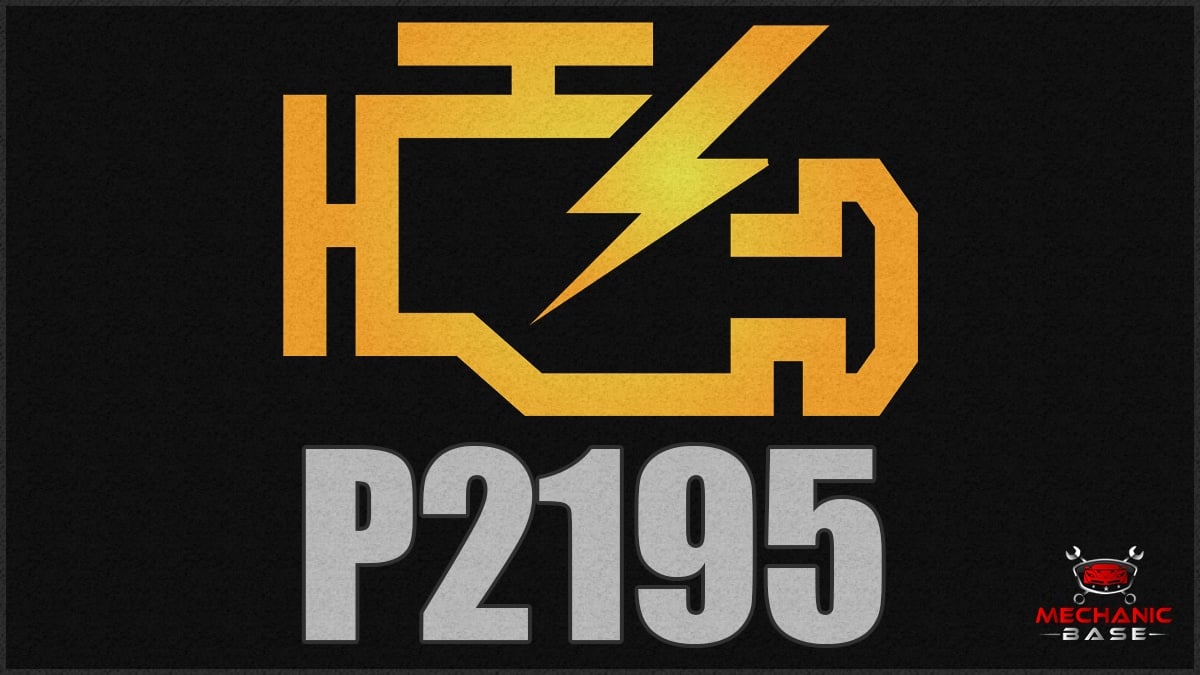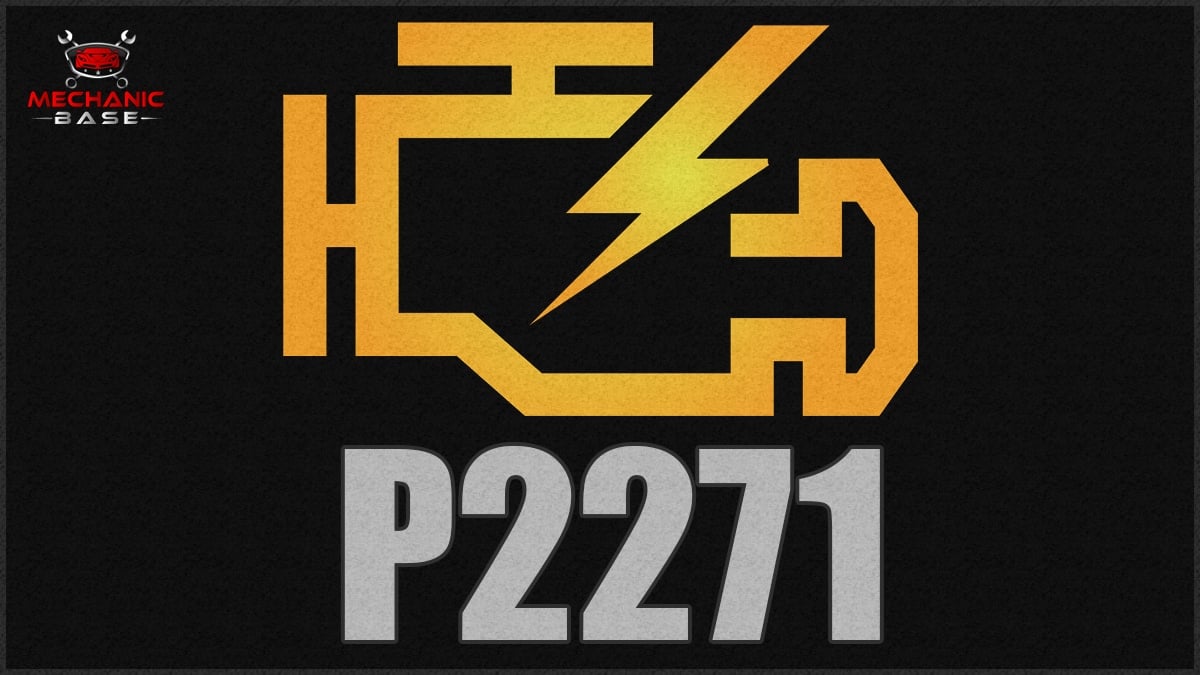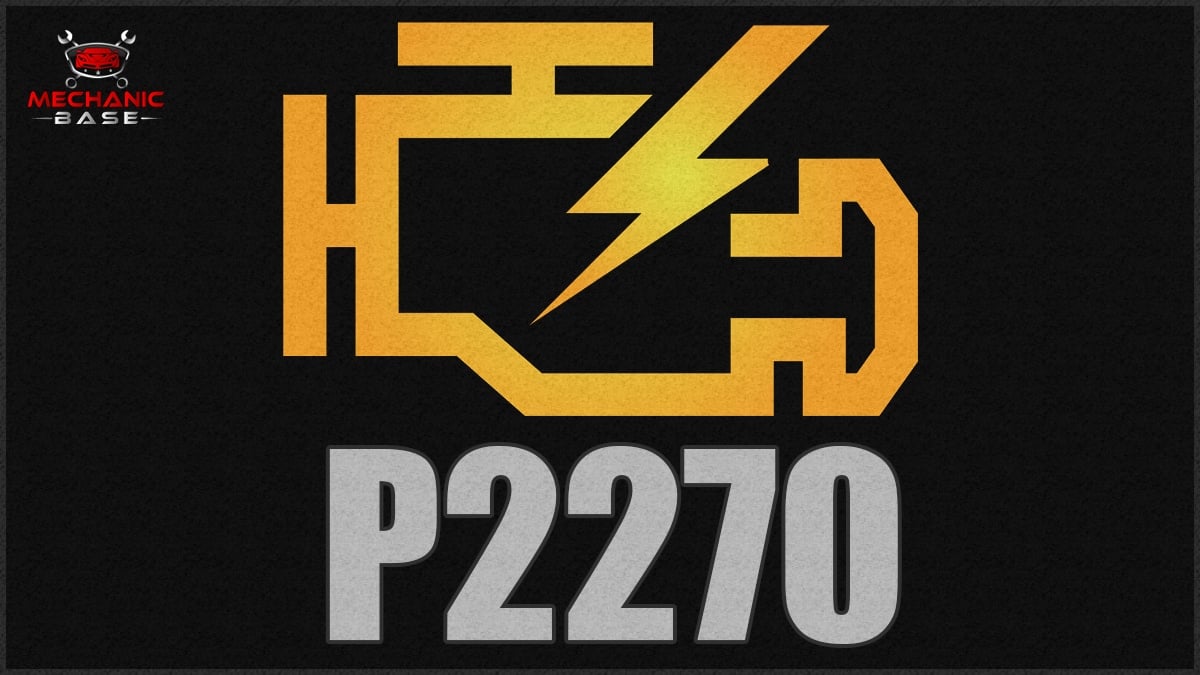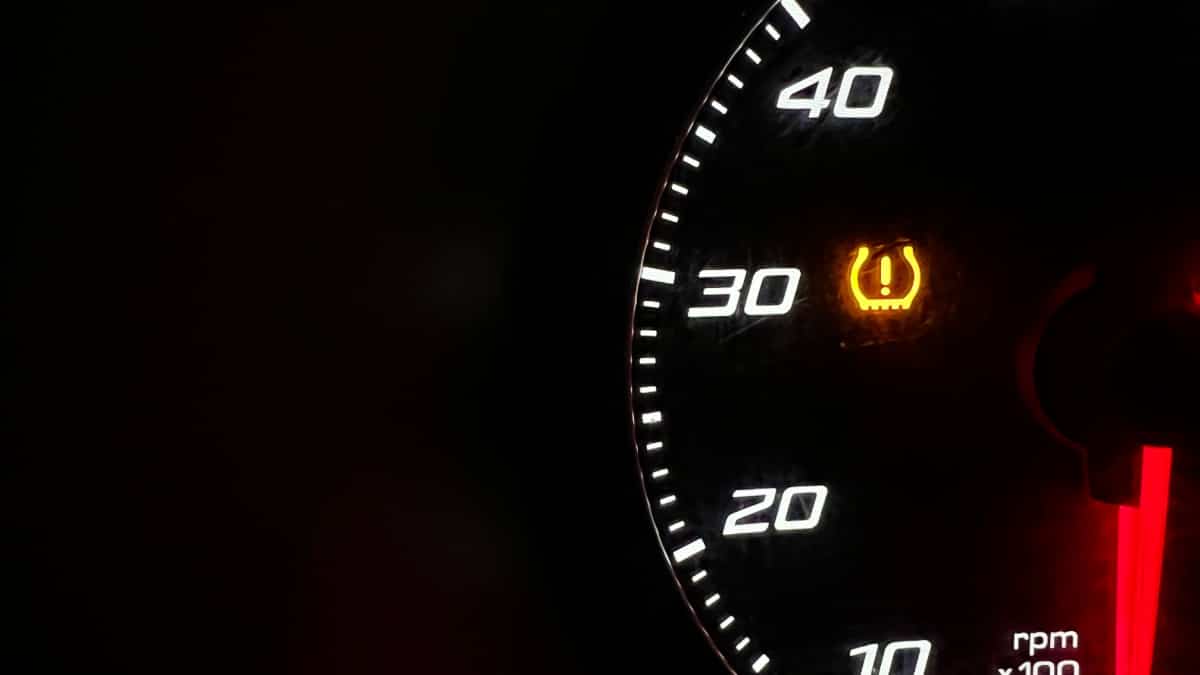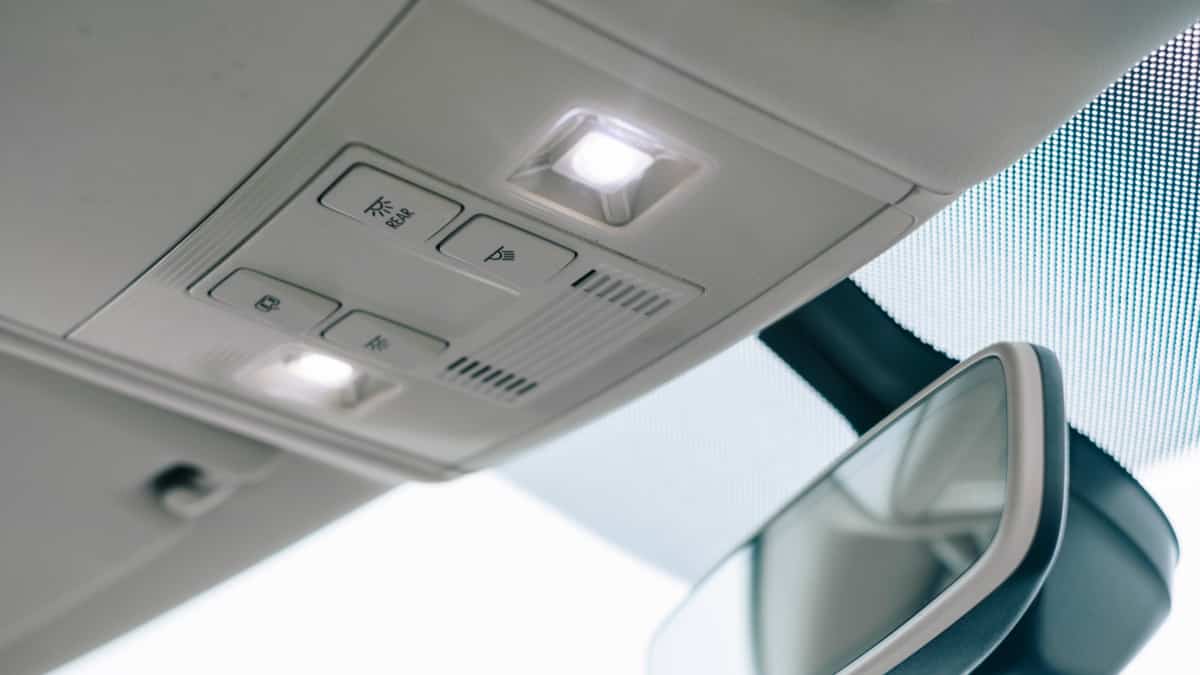When you are changing lanes or navigating to another street, you need to know that the turn signals are working as intended. Otherwise, other drivers won’t know what you plan to do next.
However, these bulbs aren’t immune from issues. What causes the turn signal to blink fast, and is it a sign that something’s wrong?
In this guide, I look closer at what causes a fast-blinking turn signal. I also show you ways to resolve the malfunction quickly.
Causes of Turn Signal Blinking Fast
A fast-blinking turn signal could indicate a bulb is going bad. It can also be caused by insufficient voltage, leading to an electrical malfunction. There’s also always the chance that the turn signal fuse or relay has gone bad and needs to be replaced.
Here is a more detailed list of the causes why your turn signal is blinking fast:
1. Bad Bulb
The most obvious cause is a bulb that’s going bad. When the bulb becomes damaged or is worn out, the turn signal will blink faster because of the change in resistance.
Turn signal bulbs are wired in parallel with one another. Because of this design, the resistance is altered any time one bulb operates at a different level than the other bulbs.
2. Insufficient Voltage
Wiring is a major issue when it comes to automotive lights. If there’s not enough voltage coming from the power system – either because of a wiring issue or lack of battery charge – the turn signal could blink faster.
The ground connection also plays a part in the operation. If the ground connection to a bulb or relay is worn or damaged, the turn signals might not operate correctly.
3. Malfunctioning Turn Signal Relay
When the relay goes bad, the turn signals can operate faster. In some cases, water has infiltrated the relay and caused the defect, especially if the pins have started rusting.
When the relay fails, the hazard lights might also act erratically. In some cases, the turn signals or hazard lights won’t turn off at all.
4. Defective Turn Signal Fuse
If the fuse burns up, the turn signal won’t operate correctly. However, with most cars, when the fuse blows, the turn signals won’t work at all.
To find the fuse, you will want to reference the diagram outlined in the owner’s manual. It’s simple to see if a fuse is blown by examining the wire inside for any signs of a break.
Ways to Fix the Turn Signal Blinking Fast
1. Inspect the Bulbs
When the turn signals start blinking fast, it’s important to look at all of the lighting to see what’s going on. You want to take note of the bulb that’s blinking fast, but you should also examine the condition of the other lights.
If there only seems to be an issue with the one bulb, then replacing it might be the next step. However, if you see problems with multiple lights, it’s unlikely that the bulbs are at fault. In this case, you would be able to skip the next step. Don’t forget the check the fender turn signal bulbs!
You always want to ensure the right type of bulb is installed. If there is a bulb installed with the wrong resistance, it may cause your turn signals to blink quickly.
2. Replace Defective Bulb
If you have narrowed the problem down to one bulb, you can replace it. In some cars, this process is simple. Other models require that you remove a bunch of parts to access the housing.
Here are some generic steps you can follow:
- Open the hood or trunk, depending on what bulb needs to be replaced.
- Pull off the electrical connector attached to the bulb. You might need to push in the locking tab to remove it.
- Take out the defective bulb. Turn it counterclockwise to remove it. Keep in mind that some bulbs come out by pulling them straight out, rather than by unscrewing.
- Put the new bulb in its place.
- Put the electrical connectors on the new bulb.
- Test the turn signals to see if the issue is fixed.
In general, you might spend about $5-$10 to get a new bulb. If you can replace it yourself, there’s no labor cost involved. Otherwise, you might spend $35-$40 to have a shop put the bulb in for you – especially if it’s trickier to get to.
3. Check Wiring
For starters, you want to verify that the battery is pumping out enough juice, especially if you are noticing issues with other bulbs. If the battery is dying, it might not be able to supply the right amount of voltage to the lights. In this instance, charge or replace the battery.
You will also want to check the wiring to the bulb. Damaged or corroded wires can create a lot of electrical problems. Test every wire and connector to ensure that they all have the proper amount of current. You can find more information on this by referencing your car’s service manual. Depending on what wiring needs to be replaced, the repair could get a little pricey. You can try to put some dielectric grease in the electric connectors if they look corroded.
Your next step is to check the fuse. Find the appropriate fuse and pull it out. If the wire inside seems to be broken, replace the fuse with a new one of the same capacity. A fuse should only cost a few dollars and is simple to replace.
4. Swap out Relay
The final step is to examine the relay. You will only move to this step if the bulbs are in good working order and the wiring test turned up good. A sign that the relay has malfunctioned is the lack of clicking sounds during operation. If the normal turn signal clicks during operation, a defective relay might prevent this from happening.
However, a bad relay will also lead to trouble with both signals, making it easier to figure out. It’s not always easy to replace the relay, so you might need help from a professional. You may only spend about $10-$20 for the relay itself. It’s the labor that adds to the expense. If you can’t swap out the relay yourself, you may spend another $35-$50 to have it replaced.
Categories: Electric, Troubleshooting



